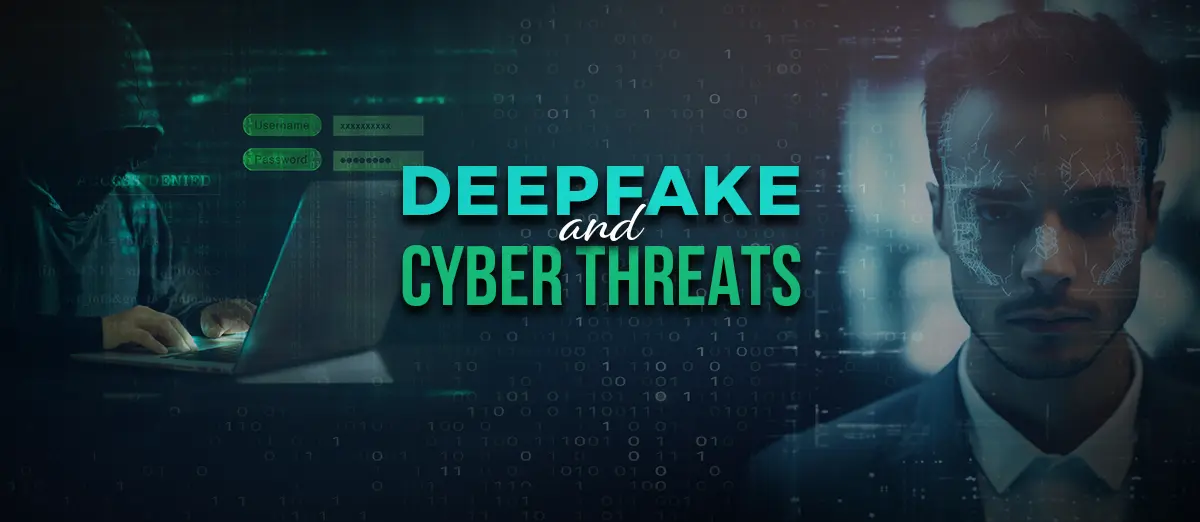R. Paul Wilson On: The Imposters of the Digital Domain

I frequently muse over how modern technology rejuvenates old scams. I've often said that the digital world is perilous when dealing with imposters and pretenders. Now, in a post-deepfake era, software cloaks hustlers with a veneer of familiarity, ensnaing victims into believing they're conversing with someone they know, trust, or must obey.
In the 1800s and earlier, imposters were rampant, donning uniforms or aristocratic garb, wielding fake letters of introduction, and brandishing bogus certificates of attribution. Their success was fueled not just by their shameless deception tactics but also by the limited or non-existent avenues to verify their claims.
Even when a reliable source was available, the time it took to confirm someone's identity gave these con artists ample opportunity to defraud their victims. Despite the modern world complicating their endeavors, imposters adapted by carefully selecting their victims and crafting stories less likely to be scrutinized.
Take, for instance, David Hampton, a career criminal from Buffalo, NY. Arriving in Manhattan penniless, he transformed into David Poitier, purportedly the son of actor and director Sidney Poitier, stranded after missing a flight to Los Angeles. His fabricated identity won him the hospitality of New York's elite during the 1980s - a period not devoid of communication means, yet his claim as the son of a prestigious actor made verification challenging.
Hampton's exploits inspired John Guare's play and subsequent movie, 'Six Degrees of Separation,' starring Will Smith. Guare later discovered Hampton's more menacing side, involving threats and a frivolous lawsuit. This serves as a reminder: never underestimate or engage with scammers.
Discovering the Next Frontier of Deception
From the 1980s, the internet enhanced our ability to validate stories, thus curtailing imposters' scope. Yet, the lack of personal information protection in the digital age opened new avenues for deception. Scammers masqueraded as everyone from friends to politicians, exploiting email anonymity to propagate lies worldwide.
However, as these scams became widely recognized, they evolved into more sophisticated forms. The advent of video calls reintroduced face-to-face scams. In the casino industry, there have been instances where staff, deceived by impersonated superiors via intercepted communications, handed over significant sums. This phenomenon isn't isolated but indicative of either a new widespread method or a singular, adept group.
Unfortunately, some live online casinos have resorted to blaming their untrained staff, failing to acknowledge their own security lapses or the possibility of social engineering.
But what's the current state? We're uncertain if these scams are solely text-based or involve voice-changing software. However, a recent case in Hong Kong involved a financial worker deceived by a fake Zoom call with deepfake-masked colleagues, leading to a $25 million fund transfer. The scammers likely invested a mere $500, including the cost of advanced software.
Can deepfakes function in a live call? It's plausible that such technology exists or will soon become publicly available. Current software might suffice for pre-recorded scenarios in a live call, where a deepfake video initiates the call before switching to an audio-only mode with a disguised voice.
This incident is a stark warning. While solutions exist, convenience often overrides security. We must become skeptical of all electronic media, questioning both visual and auditory information. In today's landscape, video and voice deepfake software are increasingly accessible, presenting a formidable blend for creativity and deception. These tools were once the exclusive domain of high-end visual effects studios but have now fallen into public hands, morphing into a double-edged sword of technological advancement.
Unraveling Deepfake Manipulation
Deepfake video software, at its core, uses artificial intelligence and machine learning algorithms to superimpose one person's face onto another's body in a video. This process, known as face-swapping, has evolved from rudimentary edits to eerily accurate reproductions. Software like DeepFaceLab and Zao has democratized this technology, enabling even amateurs to create convincing deepfakes from the comfort of their homes. These programs, through extensive training on facial data, can generate videos that are increasingly difficult to distinguish from reality.
On the auditory front, voice deepfake technology has enjoyed remarkable growth. Tools like Descript's Overdub and Adobe's VoCo permit users to synthesize and manipulate voice recordings with startling accuracy. By feeding these systems a sample of someone's voice, they can generate new audio clips of that person saying virtually anything.
This technological leap is awe-inspiring yet equally unnerving, considering its potential for misuse. Consider that only a few months ago, software required large samples of target dialogue to impersonate someone effectively but now needs only a few seconds to emulate tone, accent and vocal ticks or peculiarities.
Recent advancements have seen the integration of real-time capabilities in deepfake technology. Applications are emerging that allow for live face and voice manipulation, raising the stakes in the realm of digital impersonation. This shift towards real-time operation significantly reduces the barrier to creating deepfakes, intensifying concerns about their use in misinformation and fraud.
At the time of writing, video and voice deepfake software have reached unprecedented levels of sophistication, readily available to the public. From DeepFaceLab's advanced face-swapping capabilities to Overdub's voice synthesis prowess, these tools embody a fascinating yet troubling convergence of AI, machine learning, and media manipulation. As they evolve, the line between reality and digital fabrication becomes increasingly blurred, ushering in an era where seeing and hearing may no longer equate to believing. So, what's the solution?
Safeguarding against Sophisticated Scams and Cyber Threats
Online gamblers and investors are well aware that the digital realm is rife with deceptions. A healthy dose of skepticism is vital to shield oneself from the most flagrant scams. However, the era of easily spotting scams due to their poor design or broken English is dwindling. Thanks to technologies like ChatGPT, even the most inept hustlers can now produce convincingly polished phishing emails and scam letters, masking their underlying clumsiness.
The real challenge lies with legitimate companies, who must devise methods to authenticate their identity to customers in the simplest yet most secure way possible. This endeavor, unfortunately, introduces new technologies that are inherently susceptible to cyber threats. I do envision a strategy that could thwart 99% of online imposters, but that's a discussion for another time.
For now, heightened vigilance is essential. I plan to delve further into this topic, exploring effective ways to scrutinize and verify transactions in the ever-evolving digital landscape in an upcoming article. Stay tuned for more insights into navigating this complex and ever-changing digital world.





Review this Blog
Leave a Comment
User Comments
comments for R. Paul Wilson On: The Imposters of the Digital Domain